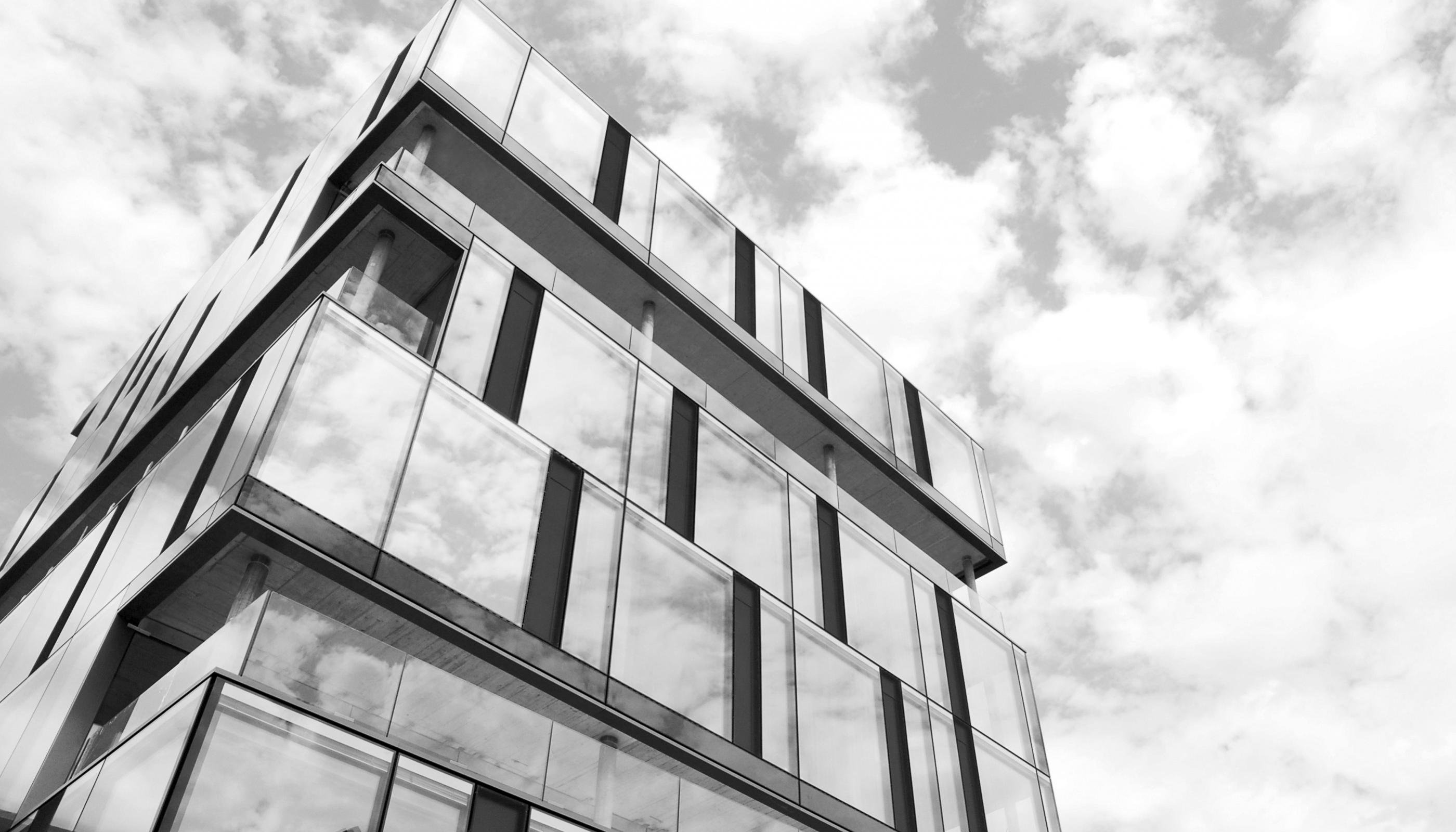You are here
Vis-à-vis
"In architecture, beauty is an additional benefit that is there for everyone."
Tristan Kobler talks about his currents projects, his understanding of architecture, and its power and limits.
MODULØR: What projects are you working on at the moment?
Tristan Kobler: Barbara Holzer and I are working with our two offices in Zurich and Berlin on exhibition and architectural projects of different sizes in a whole variety of different stages, from competitions to the completion of exhibitions and buildings, and adding finishing touches.
MODULØR: Which architectural work has inspired you recently?
TK: The Waterhouse Boutique Hotel at South Bund in Shanghai by architects Neri & Hu Design and Research Office.
MODULØR: To what extent do new materials help or hinder the architectural language?
TK: New materials enable a new architectural language. But as the history of architecture demonstrates, finding this language often takes time. The potential of a new building material can only be unlocked through the right project and, of course, requires clients and contractors with the courage to use the material. The newness of a material is in itself not relevant to architecture. A material does not help or hinder the architectural language. It can simply be used rightly or wrongly – or to surprising effect, precisely because it is used "wrongly". For example, the ancient Greeks applied carpentry techniques to stone in the construction of their temples. And it is precisely because of this building method, which would be considered “wrong” from a modernistic perspective, that these structures have survived.
MODULØR: What is your concept of beauty?
TK: Beauty is radiant and bewitches the senses. Beauty has an absolute quality to it, which I perceive but find hard to describe. In architecture, beauty is also an additional benefit, which is there for everyone – a thing apart from convenience, cost or usefulness. But if I tried to define beauty I would deprive it of its mystique.
MODULØR: When does a building become architecture?
TK: Architecture is a broad term that can encompass buildings of all types, including bad architecture.
MODULØR: What virtues should an architect maintain?
TK: An architect is still only human, and like all humans architects should try to maintain all the virtues they can.
MODULØR: What role does the architect have in society?
TK: There are two types of architect: service providers and architectural artists. Both think, plan and ultimately create a man-made cultural structure . The former try to satisfy the desires of their clients, while the latter try to create satisfying buildings, regardless of their clients. The former are popular, since they are easy to control, while the latter are branded as narcissistic. When there are good results, architects are readily paraded as cultural figures. When these two types come together, architecture can be a mirror of society.
MODULØR: What should be the role of politics in relation to architecture?
TK: Politicians should strive to place cultural values such as architecture above party politics. They should not underestimate the value of architecture as an opportunity to express a community’s self-worth. Their role, therefore, is to prioritize exceptional publicly funded buildings and then to promote these with that special power of persuasion they possess.
MODULØR: Can architecture make the world a better place?
TK: Of course. But when a built environment is the result of different architectural styles, and can cause anger or frustration or even social problems, then it can also do the opposite – although this is never divorced from the political, societal and cultural context.
